Yoga has been practiced for thousands of years, evolving into a variety of styles that cater to different needs, fitness levels, and wellness goals. Whether you’re looking for a slow, meditative practice to calm your mind or a vigorous workout to build strength and endurance, there is a yoga style that’s perfect for you.
In this comprehensive guide, we’ll explore the different styles of yoga, their benefits, and tips for choosing the right one for your lifestyle. Along the way, we’ll reference trusted resources such as the NHS Yoga for Health and Yoga Alliance to give you reliable and accurate information.
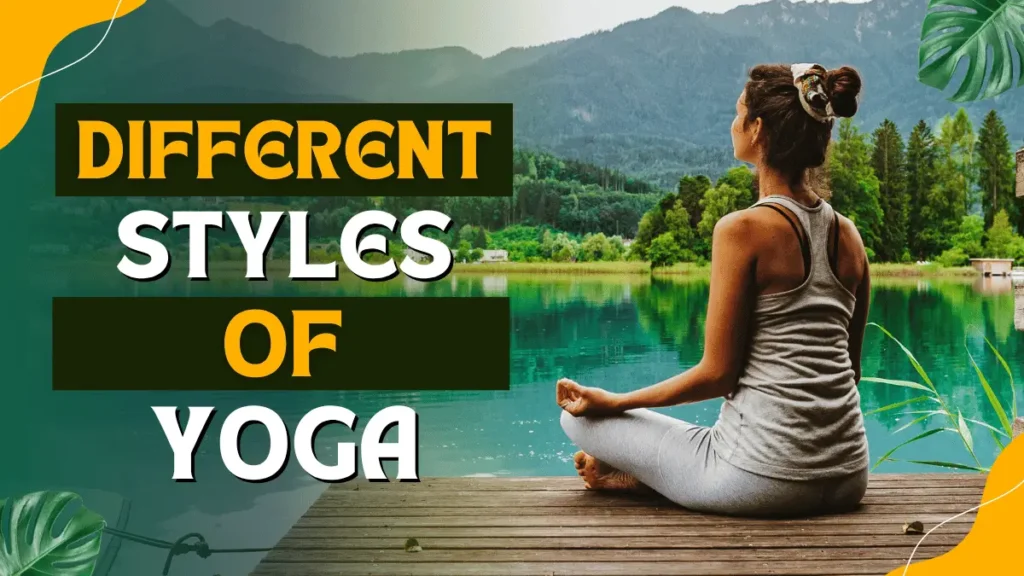
Table of Contents
1. Hatha Yoga
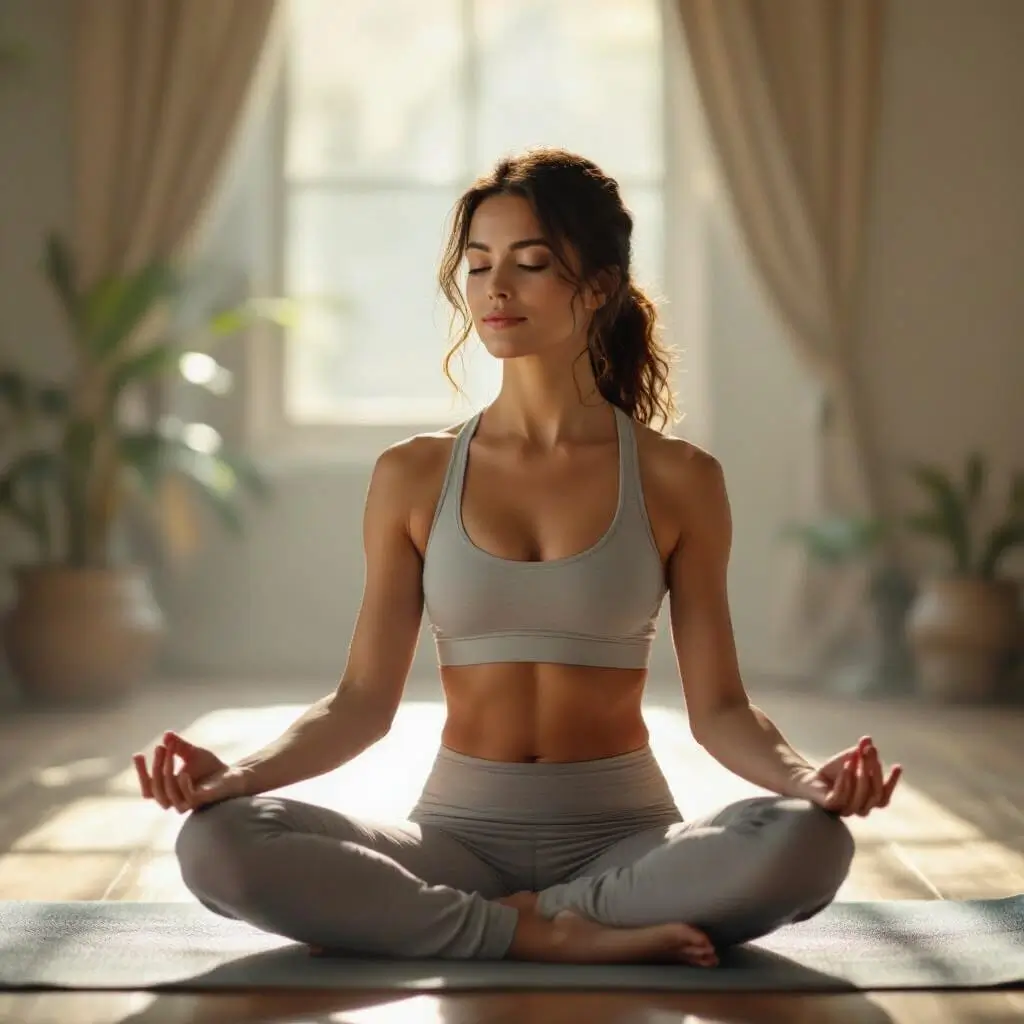
Hatha Yoga is one of the most popular styles for beginners. It focuses on gentle, slow-paced movements that emphasize physical postures (asanas) and breathing exercises (pranayama).
Key Benefits:
- Improves flexibility and posture
- Reduces stress and anxiety
- Enhances body awareness
According to the NHS Guide to Yoga, Hatha Yoga is an excellent starting point for those new to yoga, as it introduces basic poses without overwhelming intensity.
2. Vinyasa Yoga
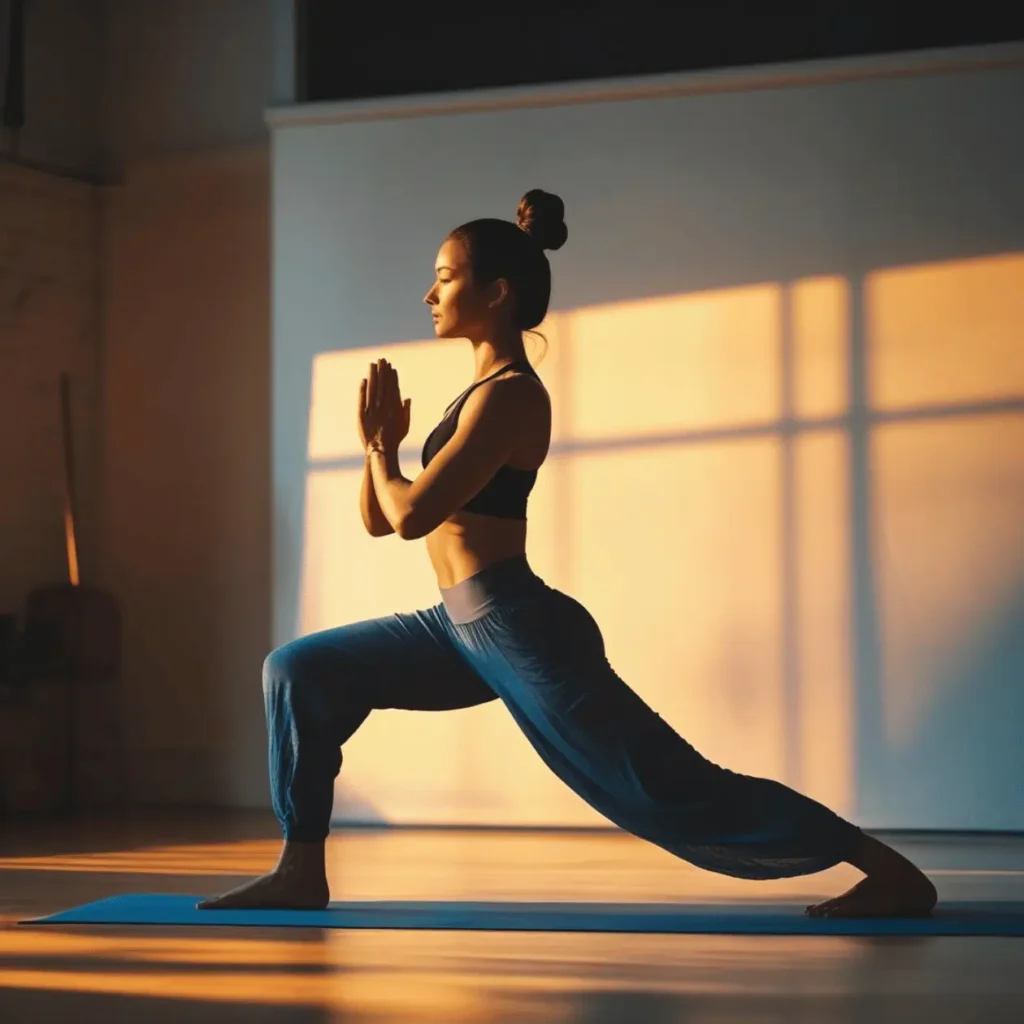
Vinyasa Yoga is a dynamic, flowing style that synchronizes breath with movement. It’s often referred to as a “moving meditation” because of the smooth transition between poses.
Key Benefits:
- Improves cardiovascular health
- Builds strength and endurance
- Boosts energy levels
If you want a vigorous and creative practice, Vinyasa might be the style for you. You can learn more about how this flow-based approach works from Verywell Fit’s Yoga Styles Guide.
3. Ashtanga Yoga
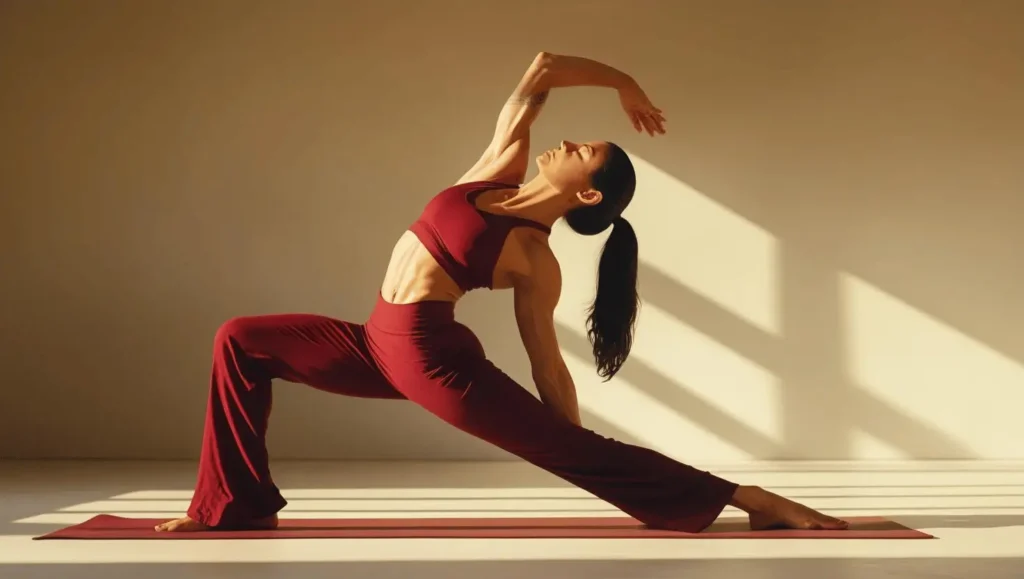
Ashtanga Yoga is a structured and physically demanding practice that follows a fixed sequence of postures. It requires discipline, strength, and flexibility, making it ideal for experienced practitioners.
Key Benefits:
- Increases muscle strength
- Improves stamina and balance
- Encourages self-discipline
Yoga Alliance explains that Ashtanga follows a set pattern, allowing practitioners to measure progress over time.
4. Restorative Yoga
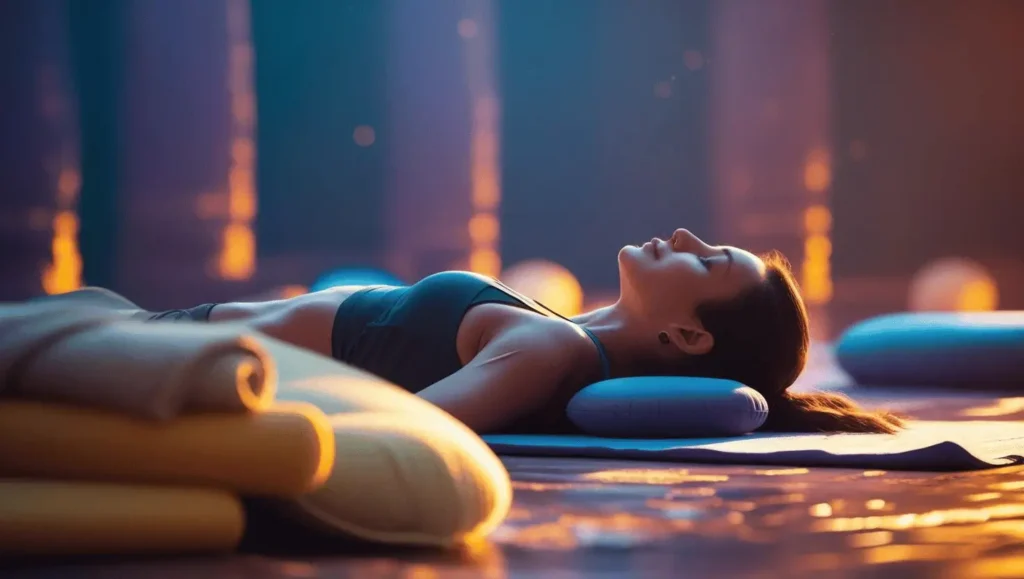
Restorative Yoga is the complete opposite of high-intensity styles. Using props such as blankets and bolsters, it helps the body fully relax into each posture for several minutes.
Key Benefits:
- Promotes deep relaxation
- Reduces chronic pain and fatigue
- Supports mental health
A Harvard Health article notes that restorative yoga can be particularly beneficial for people recovering from illness, injury, or high stress.
5. Yin Yoga

Yin Yoga focuses on deep stretching by holding poses for longer periods, often targeting connective tissues like ligaments and fascia. It’s slow, meditative, and deeply calming.
Key Benefits:
- Enhances flexibility
- Improves joint mobility
- Encourages mindfulness
Yoga Journal’s Pose Library offers detailed guides on common Yin Yoga postures and their benefits.
6. Bikram Yoga (Hot Yoga)

Bikram Yoga is practiced in a heated room, following a series of 26 specific poses. The heat helps muscles stretch more easily and encourages detoxification through sweating.
Key Benefits:
- Increases flexibility
- Supports weight management
- Improves circulation
If you’re interested in hot yoga, always make sure to hydrate well and consult reliable resources like Verywell Fit before starting.
7. Kundalini Yoga
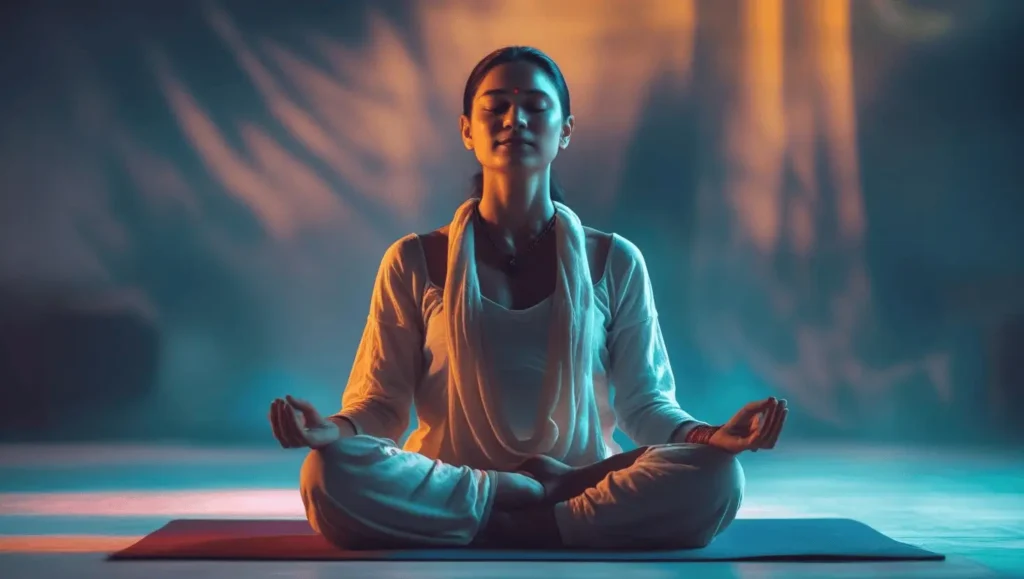
Kundalini Yoga blends physical postures with chanting, meditation, and breathing techniques to awaken spiritual energy.
Key Benefits:
- Enhances mental clarity
- Balances emotions
- Boosts spiritual awareness
As explained by the NHS, Kundalini Yoga can be both physically and mentally transformative.
How to Choose the Right Yoga Style for You
With so many options, it’s important to choose a style that aligns with your fitness level, goals, and personality. Here are some tips:
- Define Your Goal: Do you want to relax, gain strength, improve flexibility, or enhance your spiritual practice?
- Consider Your Fitness Level: Beginners may prefer Hatha or Restorative Yoga, while advanced practitioners might enjoy Ashtanga or Vinyasa.
- Test Different Styles: Attend trial classes or follow online videos to see which resonates with you.
- Consult a Professional: Speak to a certified yoga instructor or refer to trusted sites like Yoga Alliance for guidance.
The Overall Benefits of Yoga
Yoga offers benefits beyond the mat. Regular practice can improve:
- Flexibility and strength
- Posture and balance
- Mental clarity and stress management
- Heart health and lung capacity
As highlighted by Harvard Health, yoga is a holistic activity that can support both physical and mental well-being.
Conclusion
No matter your age, fitness level, or lifestyle, there is a yoga style that can meet your needs. From the gentle stretches of Hatha to the powerful flows of Vinyasa and the deep relaxation of Restorative Yoga, the world of yoga offers endless possibilities for transformation.
Take the time to explore different styles, listen to your body, and find the one that inspires you. For more insights, you can check trusted resources like NHS Yoga for Health and Yoga Alliance.
✅ Pro Tip: Mixing different styles of yoga can give you the benefits of both strength and relaxation, helping you achieve a balanced practice.
Frequently Asked Questions About Different Styles of Yoga
1. What are the main styles of yoga?
The main yoga styles include Hatha, Vinyasa, Ashtanga, Restorative, Bikram, Kundalini, Iyengar, and Yin Yoga. Each style has unique benefits and focuses on different aspects of health.
2. Which yoga style is best for beginners?
Hatha Yoga is ideal for beginners because it is slow-paced, focuses on basic postures, and helps build a solid foundation.
3. What is the most intense style of yoga?
Ashtanga Yoga is one of the most physically demanding styles, offering a challenging sequence for strength, flexibility, and endurance.
4. Can yoga help with stress relief?
Yes, styles like Restorative Yoga, Yin Yoga, and Kundalini Yoga are excellent for reducing stress, improving relaxation, and calming the mind.
5. How often should I practice yoga?
For general well-being, 2–3 sessions per week are enough. For faster progress, daily short practices can be highly effective.





